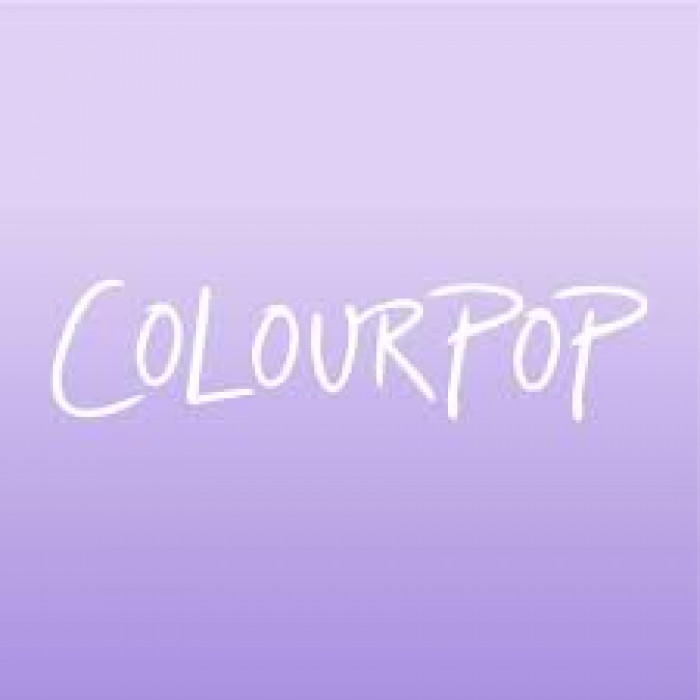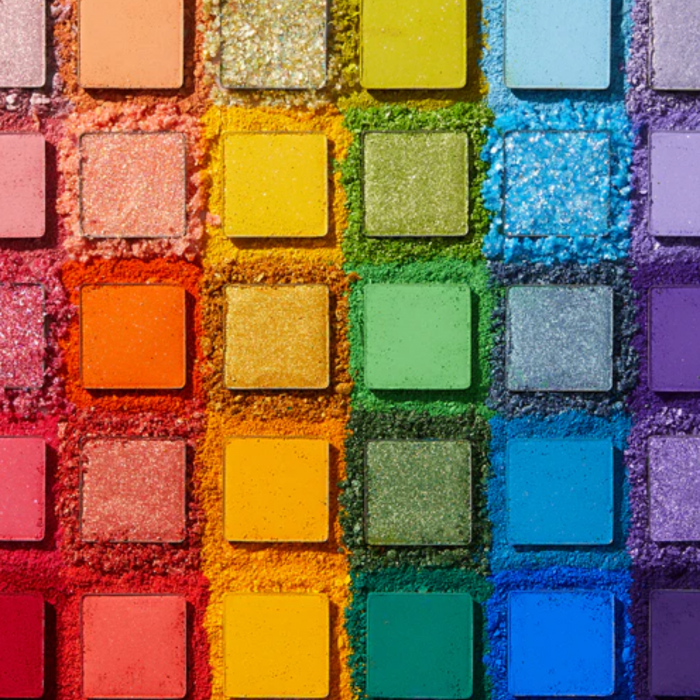"You can be everywhere online and still fizzle from people’s minds”
There was a time when you couldn’t move on YouTube or Instagram without seeing ColourPop everywhere.
Swatches. First impressions. Mega hauls. Reviews stacked up faster than the glitter could settle.
And that was the point.
ColourPop didn’t just ride the influencer wave — they helped create it.
But just a few years later, the hype cooled. Once the internet’s darling, ColourPop has seen UK search interest decline by 92% since their 2016 heyday — and 88% in the US. Their name just doesn’t spring to mind the way it once did.
It’s not that the brand has disappeared. Far from it. It’s their mental availability that’s petered out.
So how did a brand that built itself so cleverly online end up struggling for relevance?
How ColourPop Exploded
Launched in 2014, ColourPop had the perfect formula for explosive success. Their in-house manufacturing allowed insanely fast product development, with new colourways, collaborations, and collections landing at breakneck speed. They invested heavily in massive influencer campaigns, working with everyone from micro-influencers to beauty megastars, making it feel like a new ColourPop collection was launching every week. And to be honest, that feeling wasn't far from reality.
What really set them apart was how closely they listened to their fans. Customer feedback wasn’t just acknowledged; it shaped real changes in formulas and shade ranges, making fans feel genuinely heard and involved. Coupled with affordable price points that let beauty lovers buy into every new trend without breaking the bank, ColourPop created an irresistible formula: constant newness, community-driven product tweaks, and access for all.
They didn’t just launch products — they launched moments. Newness became the story.
And for a while, it was magic.
When Newness Becomes Noise
But there’s a fine line between feeding excitement and fueling fatigue.
In beauty, content consumption gorges on newness. But buying behaviour? That’s a different story.
No matter how tempting the next limited-edition palette looked, nobody really needed to spend their hard-earned cash on another set of shades they already had, just for that one new duochrome.
The endless churn started to blur together.
Fans began to wonder: “Is this actually new — or just another remix of everything I already own?”
Without big leaps forward in formula innovation or emotional storytelling, new launches became less “I need it” and more “another one?”
Missing the Shift from Influencer to Creator
At the same time, the social media landscape was changing.
TikTok exploded, bringing a rawer, more lo-fi content style. Suddenly, polished influencer hauls felt staged and audiences shifted their trust to ‘real people’ sharing their own, unsponsored experiences.
While ColourPop had built its brand on the backs of formal influencers, the world was moving towards creators and authentic community voices.
The trust gap widened. Sponsored swatches no longer carried the same magic.
Without adapting fast enough to this shift, ColourPop’s credibility — and visibility — suffered.
The Flash in the Pan
It’s important to be clear: ColourPop the brand hasn’t disappeared.
They’ve been around for just over a decade now, and they’re still launching new collections regularly.
But their mental availability — that instant spark of memory when you think about buying beauty products — has faded.
At their peak, ColourPop owned a spot in people’s minds: fun, accessible, relevant.
Now, they’re a reminder of how fleeting digital dominance can be if it’s built too heavily on hype without deepening emotional connections over time.
Because unforgettable brands aren’t just the loudest — they’re the ones that stay trusted, relevant, and emotionally sticky long after the buzz dies down.
If I Was in Charge of ColourPop’s Comeback…
(ColourPop, if you’re reading this... DM me 😉)
If I were leading their strategy today, I’d focus on rebuilding emotional resonance, not just hype cycles.
1. Slow Down to Speed Up
Stop launching everything everywhere, all at once — like the beauty version of a multiverse collapse. Cut launches down to 6-8 highly strategic, bigger events a year. Focus on collection depth, not breadth, and give each launch a full 360° campaign (social, creator, community, paid, email, loyalty).
2. Rebuild the Emotional Connection
Right now, they're behaving like a vending machine, not a brand you love. Bring back the behind-the-scenes storytelling, pan pressing sneak peeks, founders’ voices, and make consumers feel part of it. Rekindle that "we made this for you" vibe, not the "buy this before the next thing drops" desperation.
3. Own a Distinct Brand Personality Again
They’ve lost their cheeky, cool "BFF" vibe that made them different from premium brands. Bring back that playful, authentic, slightly rebellious tone of voice they were once known for. Think meme-friendly, wink-wink humour campaigns and “fun-first beauty".
4. Get Smarter With Influencers
Huge influencer collabs are expensive and losing authenticity. Focus on building visible micro-communities with everyday creators and open the doors back up to co-creating with fans. Think community capsules, NPD voted for by fans, and brand-lover gifting.
In the end, building an unforgettable brand isn’t just about making noise — it’s about making meaning. Yes, you can rise on visibility alone. But the brands that last are the ones that stay rooted in emotional connection, relevance, and trust — no matter how fast the landscape shifts.


